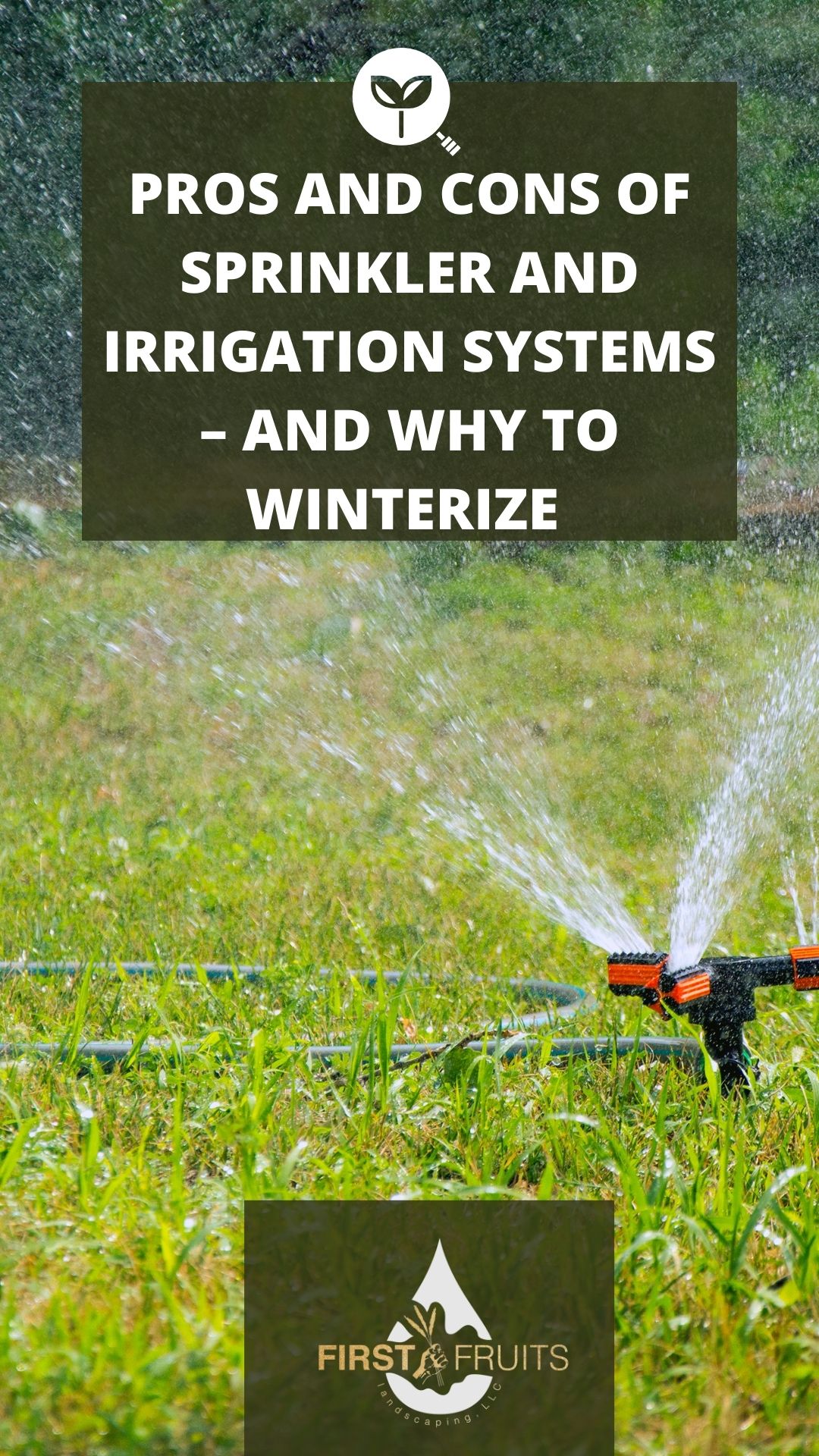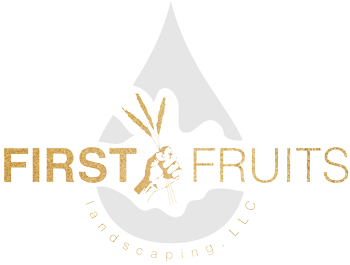As with any investment, there can be pros and cons to having a sprinkler or irrigation system. The pros are the regular watering maintenance that can be provided in a timely, efficient manner, keeping grass, shrubs and your garden growing. Sprinkler systems often reduce the water usage when compared to a typical manual hose sprinkler being moved by a resident, however, the initial setup costs can be rather costly.
Drip Irrigation 
In addition to or in lieu of traditional sprinkler systems, more and more people are turning to drip irrigation systems that drip water directly into the soil surface at a low rate. While the reduction of overspray is favorable and there is no standing water – careful attention must be paid to the control head, pump unit, main lines, and lateral lines to ensure the system is watering correctly. Consistent oversight is needed to adjust for crops that are not receiving enough water, often due to a leak, clogged or damaged line. Without oversight, seedlings and crops can be lost quickly and not yield their full potential.
Related: When to do a seasonal irrgation blowout?
Seasonal Maintenance
To maximize effectiveness, sprinklers and drip irrigation systems should be inspected and tested each spring, as well as monitored throughout the year. Damaged sprinkler heads may need to be replaced and adjustments to increase or decrease water output may need to be completed, as well. Too much or too little water can result in an unhealthy landscape.
Winterizing a Sprinkler or Irrigation System
Proper care and maintenance in the fall ensure pipes don’t crack when the water within them freezes and seals and valves aren’t damaged by the cold in the winter months. Damage to an underground system can be costly to repair and often requires digging up the landscape to access underground pipes for repair or replacement.
Many businesses and homeowners winterize their systems annually. This process includes shutting the water off at the source and draining the system thoroughly. Often, compressed air is used to blow out the lines and ensure all water is removed from the pipes and valves. The backflow device is purged, and the controller is reprogrammed to continue running at a minimum cycle once a week to prevent condensation from building up inside the device and to keep plungers from being stuck in one position.
When to Winterize
Depending on the region you live in, early October is the most common month to winterize in the northern United States. If you’re a handy homeowner, this may be a routine you feel comfortable with but if you’d like to call a pro, winterization usually costs on average $75-150, but varies depending on the number of zones your sprinkler has. The piece of mind you’ll have that your sprinkler system will still work when the hard winter ends…priceless.
